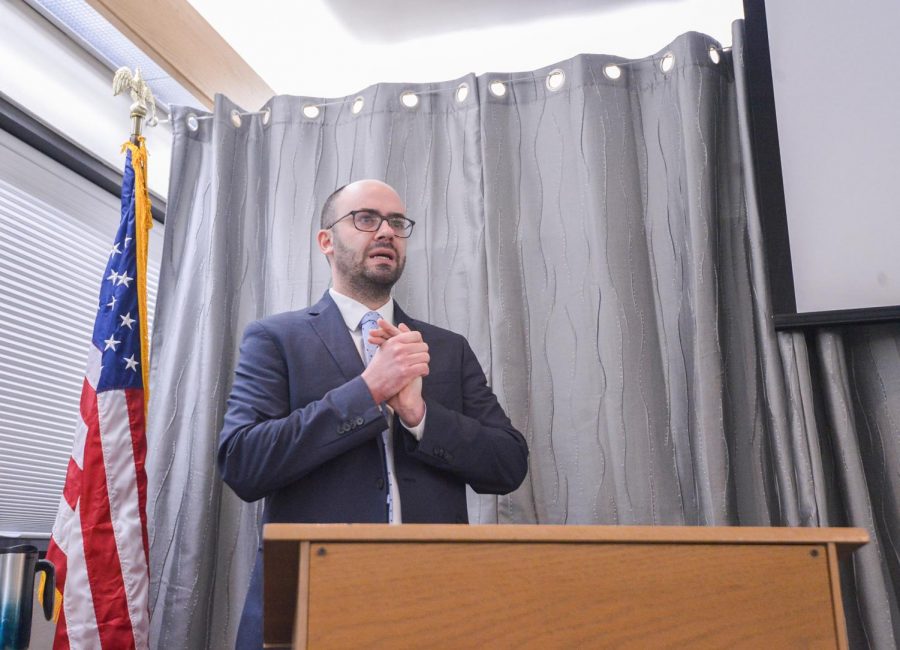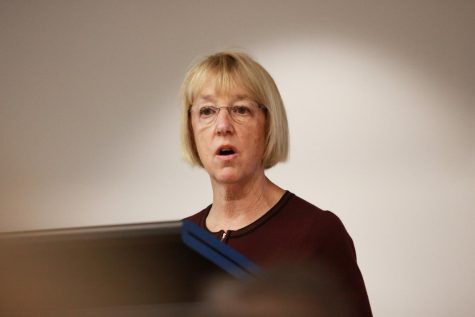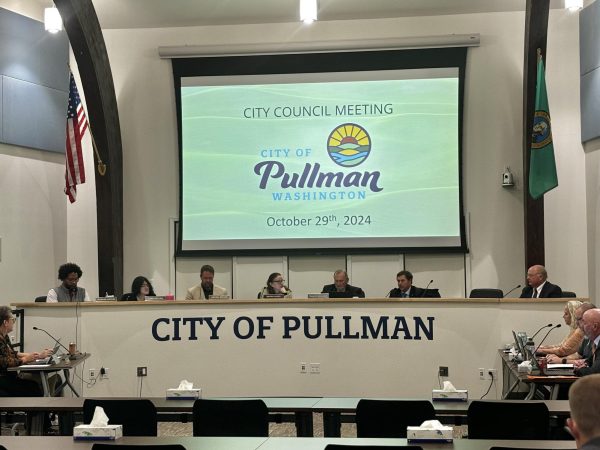Cultural historian talks about the power of photography
Speaker says slave owners used photos to build network of white supremacist groups, domination
Matthew Fox-Amato discusses the use of slave photos as a way to build white supremacist networks among slave owners on Thursday evening at the Neill Public Library. “Photography is promoting, I would suggest a more embodied and central representation of enslaved people,” he says.
Matthew Fox-Amato spoke about the power of photography and how it highlighted the struggles of enslaved people in the U.S. on Thursday at the Neill Public library.
Fox-Amato is a cultural historian of the U.S. and a historian of visual and material culture. He recently published a book entitled “Exposing Slavery: Photography, Human Bondage, and the Birth of Modern Visual Politics in America.”
“Photography is promoting, I would suggest a more embodied and central representation of enslaved people,” he said. “It’s moving their bodies, their faces, their emotions as much as we can discern them to the centre of the frames.”
Fox-Amato said enslaved people feared the physical violence used by their masters to maintain control on plantations. He said their fear can be seen on their faces in the photographs.
Fox-Amato spoke about portraits of enslaved women with white children, he said they assume the role of the nurturing surrogate mother. For many of these children because of their ages, they see these black women as extended members of their families.
Fox-Amato showed a portrait of President George Washington with his family and in the back of the portrait was an enslaved man serving the family.
“The founding fathers were complicated people and when they were writing about equality in the declaration, they’re thinking about all white men being created equal, rather than thinking about a multiracial society,” he said.
Fox-Amato talked about how the routine use of photographs of black bodies to self-justify exploitation was a form of domination and helped build white supremacist networks.
“Slave photography gave masters potent tools to materialize what the slave industry was and in doing so they’re refashioning photography,” Fox-Amato said.
An African American attendee at the event shared her experience of growing up in the south and had a conversation with Fox-Amato about how the education system does not teach kids enough about the past regarding slavery.
“You want to understand slavery?” she said. “Go read the letters that a slave holder wrote, go read the logbooks, go read the narratives, go read [Frederick] Douglass.”
Fox-Amato said since living in the digital world, these vintage photographs now resonate more and holding these images was very powerful in its own right. He said it helped him understand what the material world was back then.
“You get abolitionists coming back to statements like ‘all men are created equal,’ and using this to point out the hypocrisy of a land that was supposedly founded on freedom and yet slavery has been the center of American history since the 1600s,” Fox-Amato said.
Amaan is a freshman majoring in Marketing. He played soccer for eight years.












